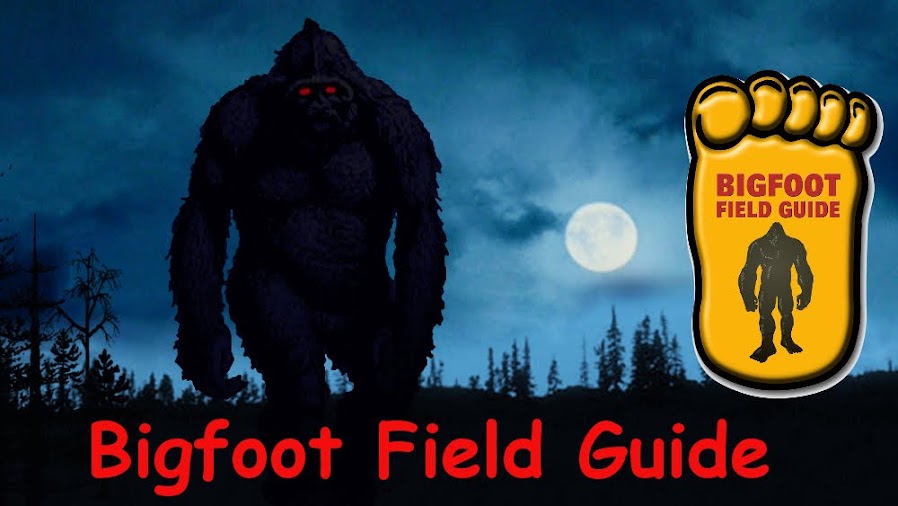The MABRC has been discussing behind closed doors about territory markers and scent markers now for over two years, including putting together a paper outlining what is meant by this and by putting supporting evidence to back it up.
I thought I would post this today with just a little background information to show that the MABRC has been working on this for that long. The theory was originally brought forward by MABRC Researcher Carissa "Splatter" Schulze nearly two years ago, and was based on her experience with training dogs and the way they handle scent. Most animals use scent to mark territory, proclaim their breeding status and more.
So the MABRC started discussing how does Bigfoot find markers that are created in the wilderness. Directional sticks are usually placed up high in trees, at night, how would a Bigfoot see this? How would a Bigfoot detect markers in heavy woods at night? Or even at a distance? Simple, they mark these structures with scent. Whether it be with urine, musk scent, or other scent that they can produce.
The report will be out before Christmas, with more information related to this theory, but for now, the word is out there that the MABRC has been working on this theory now for several years.
The picture below shows a captive Lemur marking a tree in proximity of where it meets it's human caregiver, in what was regarded as it marking it as a safe place for itself and others, or even as a warning to others to stay away from it's human.


